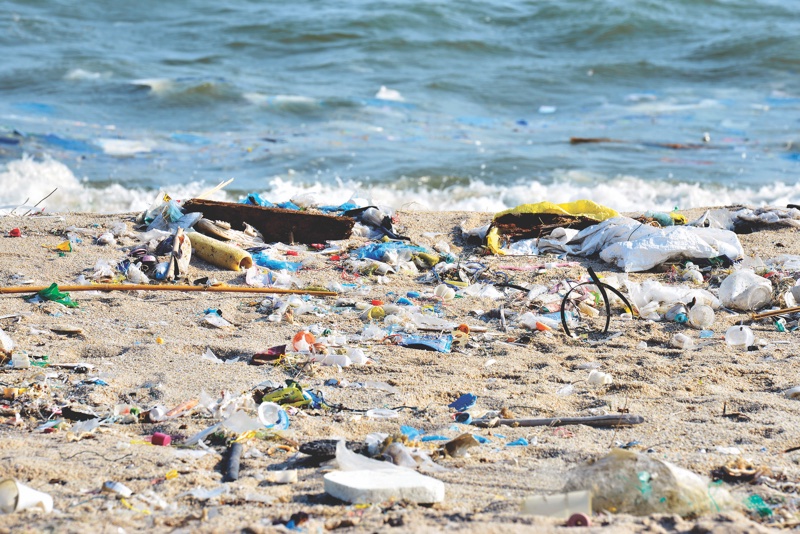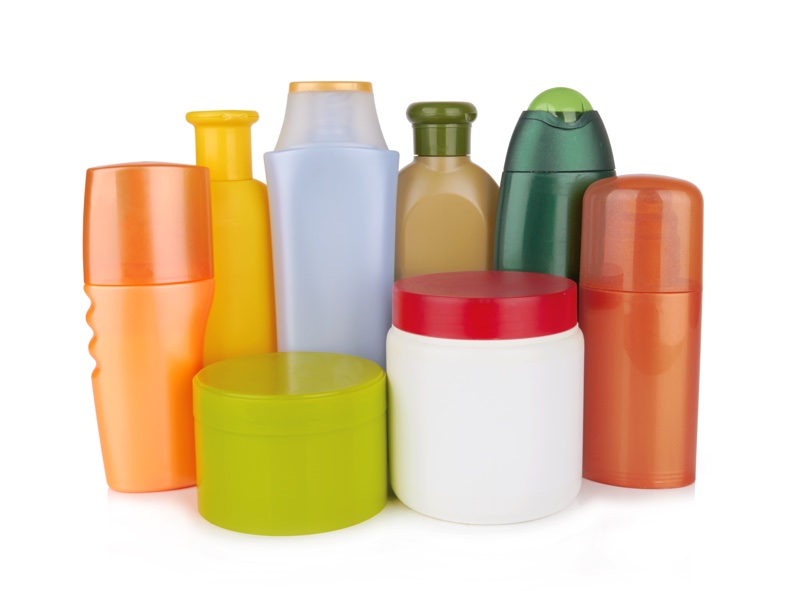The personal care industry is under and increasing amount of pressure from consumers and policy makers to clean up its act for the sake of the environment.
At the centre of the issue is the excessive use of packaging and the ocean’s nemesis, plastic.
Even though plastic packaging can play an important role in a product’s shelf-life - and its overhaul would be an enormous task - companies are being urged to muster a technical framework and accelerate the plastic reduction process.
Scientific Group Sagentia (made up of around 150 scientists, engineers, mathematicians and market exerts) has devised a three-phase plan to help companies quite plastic.
1. Collaborative front-end planning

Instead of ignoring the alternatives to plastic packaging, the group suggests incorporating plastic reduction or recyclability as part of a product’s core feature.
For example, the brand could factor in the full depth of product development, manufacturing, distribution and consumption.
The group claims this could lead to breakthrough in product innovations, which could eliminate the need for plastic packaging.
Simon Norman, one of the authors for the company’s Breaking Up With Plastic report, says: “Much of the time, development in areas such as hair care or skin care is considered separately to the end product packaging.
“But with such a soloed approach there is less opportunity to get to the crux of the issue.”
2. Scoping out the technical role of plastic

Plastic’s versatile properties has made the material an ideal packaging source.
Personal care items can be stored for a long time and the material is cheaper than glass, and less chemically reactive than aluminium.
While looking at these vantage points, Sagentia suggests researching the detrimental impact plastic can be to personal care products.
The manufacturing process would need to be analysed, but it specifically recommends avoiding laminates and polyethylene linings on paper or card.
Considerate design

The report states better durability of items, such as razors and blades, would result in reduced demand of consumable products, meaning products would last longer and be more favourable among consumers.
Norman adds: “Different departments and specialists need to work together to reduce single-use plastic.
“We need to start with the end goal - whether that’s clean, shiny hair or luminescent skin - and put preconceived notion about how we achieve that to one side.”




